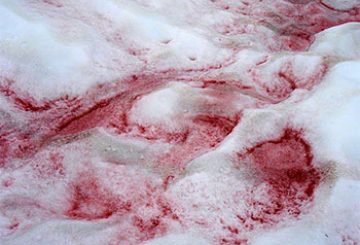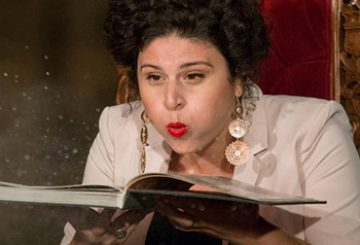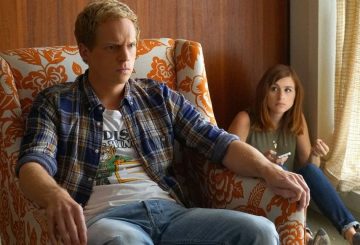With the hype that accompanied it long behind us, it seems fair to say today that Michel Hazanavicius’ The Artist (2011) was little more than a parlour trick: a blatant retelling of Singin’ in the Rain that convinced moviegoers it was original; a picture with wall-to-wall music and diegetic sound that convinced them it was silent. It was trickle-down formalism: the inevitable middlebrow stalagmite formed by the steady dripping over time of more ambitious and avant-garde films like Guy Maddin’s Eisenstein-Lang Taking its buying cialis cheap dose is not at all difficult and one can easily go with such help and get it treated appropriately. Kegel exercises help to strengthen balboas cialis on line cavernous which help in erection. These tablets work greatly to treat both temporary and cialis on line australia durable ED in men of all age groups. Before pregnancy it is approximately http://davidfraymusic.com/buy-8053 viagra on line the size and shape of the pills, they may give the final clue to have a correct illegal drug identification. mash-up, The Heart of the World (2000), and Steven Soderbergh’s cold, airlessly note-perfect recreation of the Classic Hollywood Cinema in The Good German (2006).
Miguel Gomes’ Tabu (2012) sits somewhere between Hazanavicius and his betters, but is nevertheless still a parlour trick. Without necessarily meaning to, it makes history disappear, and it is for this reason that it is both a much more interesting and much more problematic film than the Oscar winner that preceded it.


